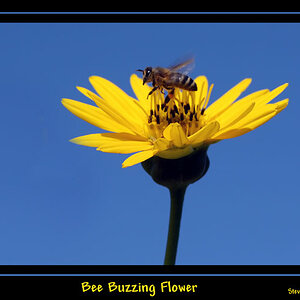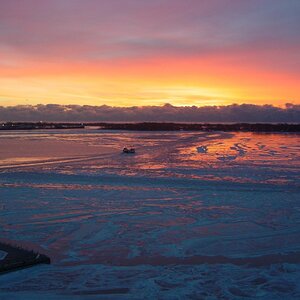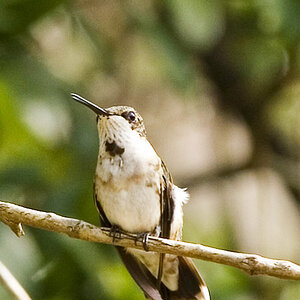Nate Klueter
TPF Noob!
- Joined
- Oct 19, 2009
- Messages
- 7
- Reaction score
- 0
- Can others edit my Photos
- Photos OK to edit
I've read that longer exposure times increase noise and so does higher iso ratings. So which combonation should give the lowest noise (high iso/short exposure, low iso/long exposure, something in between)?


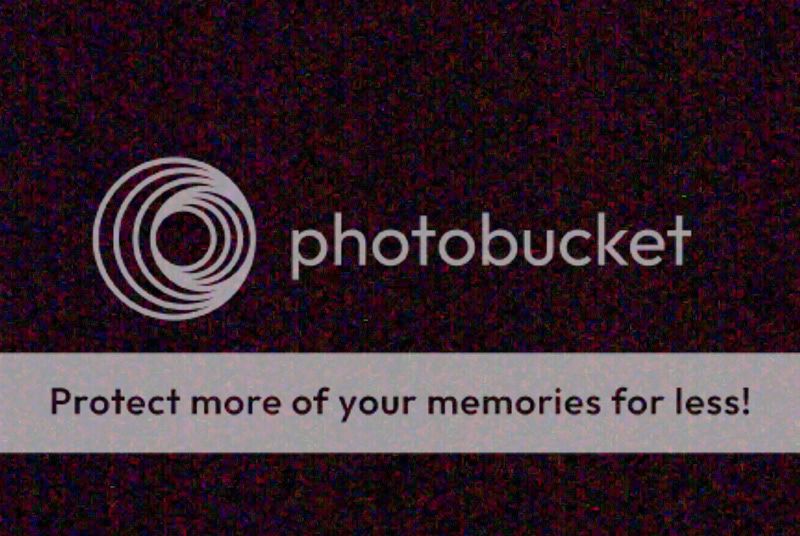

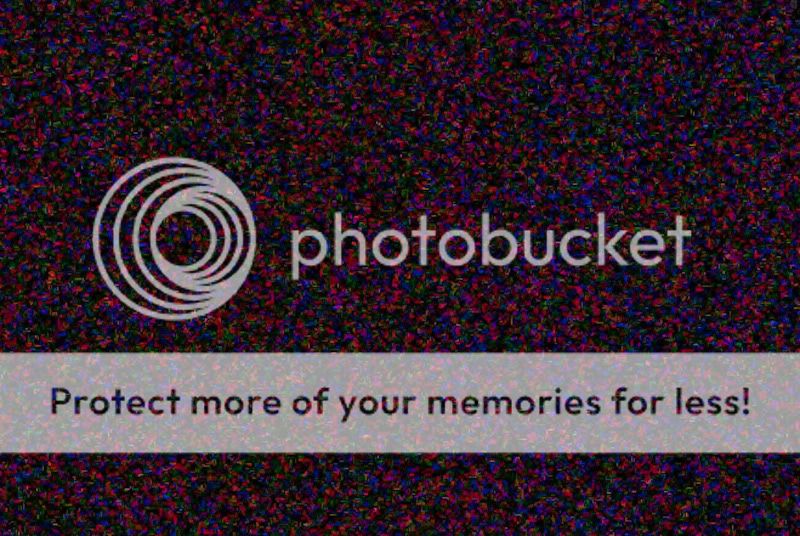
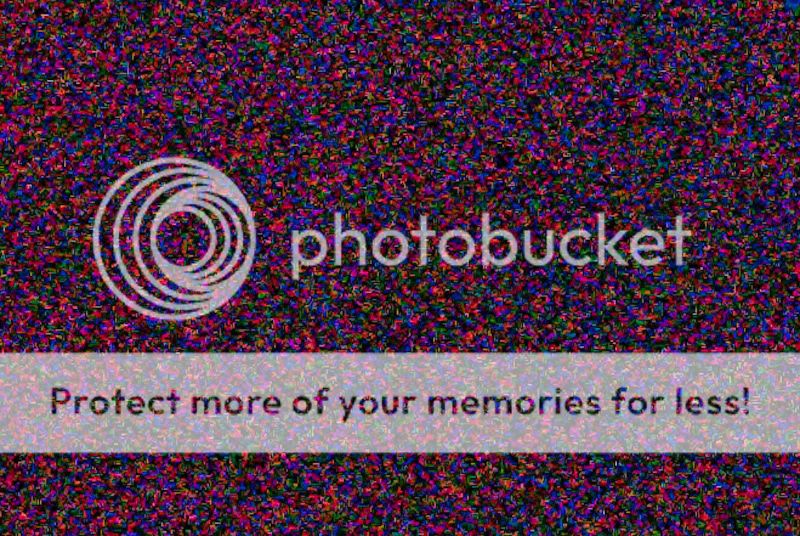
![[No title]](/data/xfmg/thumbnail/38/38261-db20f6f92ee8f0d4c5cf1536e308638b.jpg?1619738546)
![[No title]](/data/xfmg/thumbnail/32/32701-51bacbc6ea9d40683123c14f053d4742.jpg?1619735603)

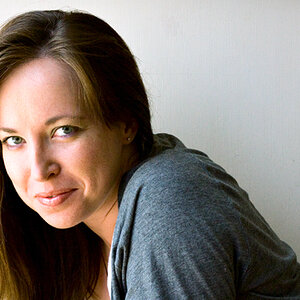
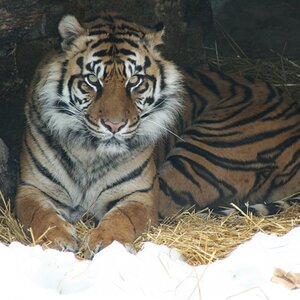
![[No title]](/data/xfmg/thumbnail/32/32178-010a47bfeb945bdafb02b0ee4888290c.jpg?1619735235)

![[No title]](/data/xfmg/thumbnail/40/40284-f59f6230f0d5b9eacf977f8b0392f087.jpg?1619739407)
![[No title]](/data/xfmg/thumbnail/41/41901-789e8104ff95e5862c8f07611e3c34c0.jpg?1619739938)
